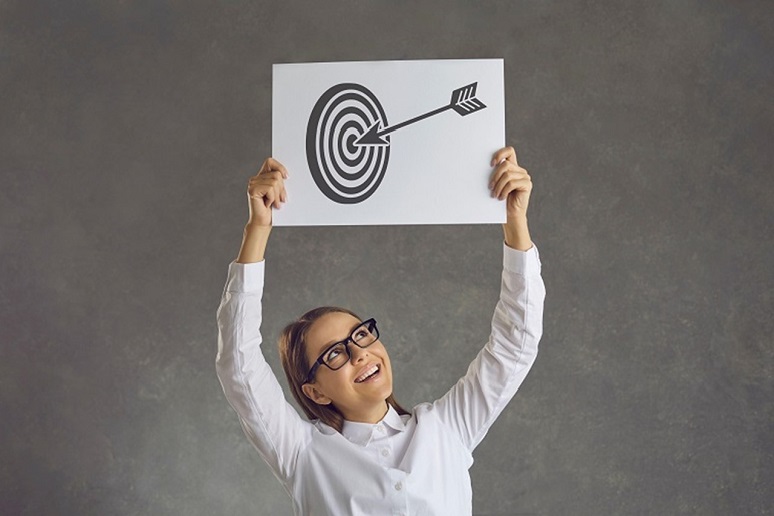As hybrid and remote work become normalized in many industries, the question of how to create the best digital experience has become more relevant. The "
digital employee experience" is an umbrella term for the concept of how employees do their job while interacting with the devices, applications, networks, and services their employer supports. A good digital employee experience can boost employee productivity.
So how does a workplace create a good digital employee experience. At intranet provider Unily's Unite 22 hybrid show, Unily product manager Kaz Hassan and EY's digital people transformation lead Zaynab Zubair, emphasized data that demonstrates the significance of taking into account modern-day needs of employees, organization and customers, human resources (HR), and internal communications.
Employees Want: Growth
Microsoft observed that 52% of Gen Z and Millennials are likely to consider changing employers in the next year—up about 3% year-over-year (YoY). “Gone are the days where we stay with one employer,” Zubair said. “We assume the younger generation will work their way up the ladder, but they have choice; they have opportunity.”
Zubair explained that employees aren’t coming to you because they need jobs and money. They’re also not here to stay. When assessing how to retain, attract, and empower your talent, “we need to consider they’re not here to stay, they’re here to grow, they’re here to thrive, and be productive individuals.” Microsoft also reported that this particular cohort of individuals (70%) engage in a “side hustle,” i.e. ‘I have a job, but what’s my passion, what do I want to do when I retire, what do I want to do that goes above and beyond my day job?’
Employees Want: Flexibility
Zubair explained that flexibility is not always for the better: research showed a 252% increase in weekly time spent in meetings for the average Teams user since Feb. 2020; a 32% increase in chats sent per person since April 2020, and a 28% increase in after-hours work since 2020. This stat reflects an "always-on" culture where workers feel compelled to respond to Teams messages or emails in a timely fashion.
Paradoxically, Microsoft also found in their research that 56% of employees are now more likely to prioritize health and well-being compared to their pre-pandemic answers.
Employees Want: Trust
51% of hybrid employees said they’re likely to work remotely in the year ahead, while 43% of leaders say relationship-building is the greatest challenge in remote and hybrid work.
Return to office resistance isn’t new. When designing a digital employee experience, Zubair said employers want to rebuild social capital when returning to the office. That is because intra-office trust isn’t something you assume—it’s something you work towards and build. “You need to be in situations where you’re tested, and that requires face-to-face interaction.” Zubair also emphasized the significance of creating spaces to ensure employers (and employees) have the opportunity to build trust.
Zubair shared that 76% of employees with thriving relationships say they’re satisfied with their employer. She explained that if employees think about their workplaces as an environment to make friends, they’re more likely to thrive.
Future Proof Your Digital Employee Experience Design
During the keynote, Zubair shared EY’s Future of the Workplace Index (below), which analyzed similar data from c-suite leaders and employees across over 500 different companies and industries. The common theme: Hybrid work is here to stay. Zubair explained how many c-suite leaders reacted to the pandemic and thought of digital transformation and collaboration as a way to get business done during a crisis.
“What they didn’t do was think about it from a longevity perspective—this is a great way to work.” Consequently, there's a need to design a space for employees to do their best work in these circumstances.
75% of companies don’t envision a centralized workforce, and 57% of respondents say productivity has increased over pre-pandemic measures. “Going back to the always-on point—we need to start thinking about how to measure productivity in a creative [and more sustainable] way.”
Zubair emphasized that 84% of leaders believe digital tools to facilitate work will change. That means, leaders only investing in additional technology, but also considering how to convey interpersonal managerial skills like accountability, leadership, mentorship, networking, and collaboration. “All of that needs to be as effective as they would be in the office.”
Hassan chimed in to advise audience participants that when creating employee personas as part of crafting a digital employee experience, it's no longer front of mind to have employees in office nine to five.
You must consider what employees want in terms of the place their job plays in their lives and recognize that, as people, employees will have other priorities outside the office. All these help understand the people you’re designing for, Hassan said. “Think about your employees, where they work, how they work, who they are, and what drives them as a person.”




